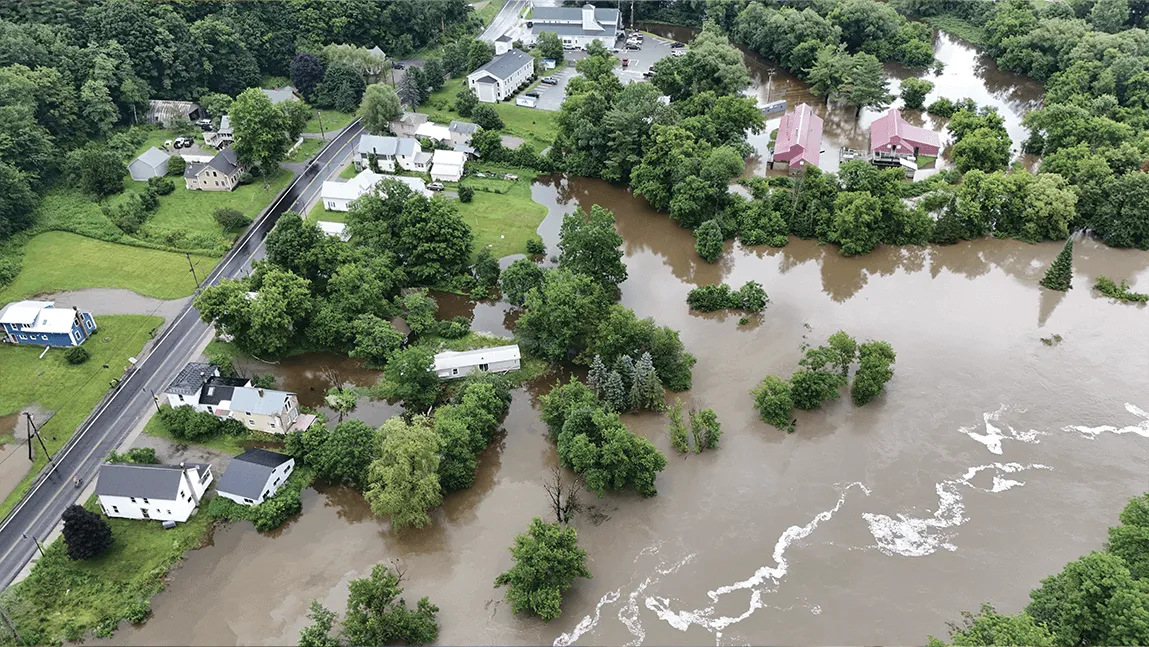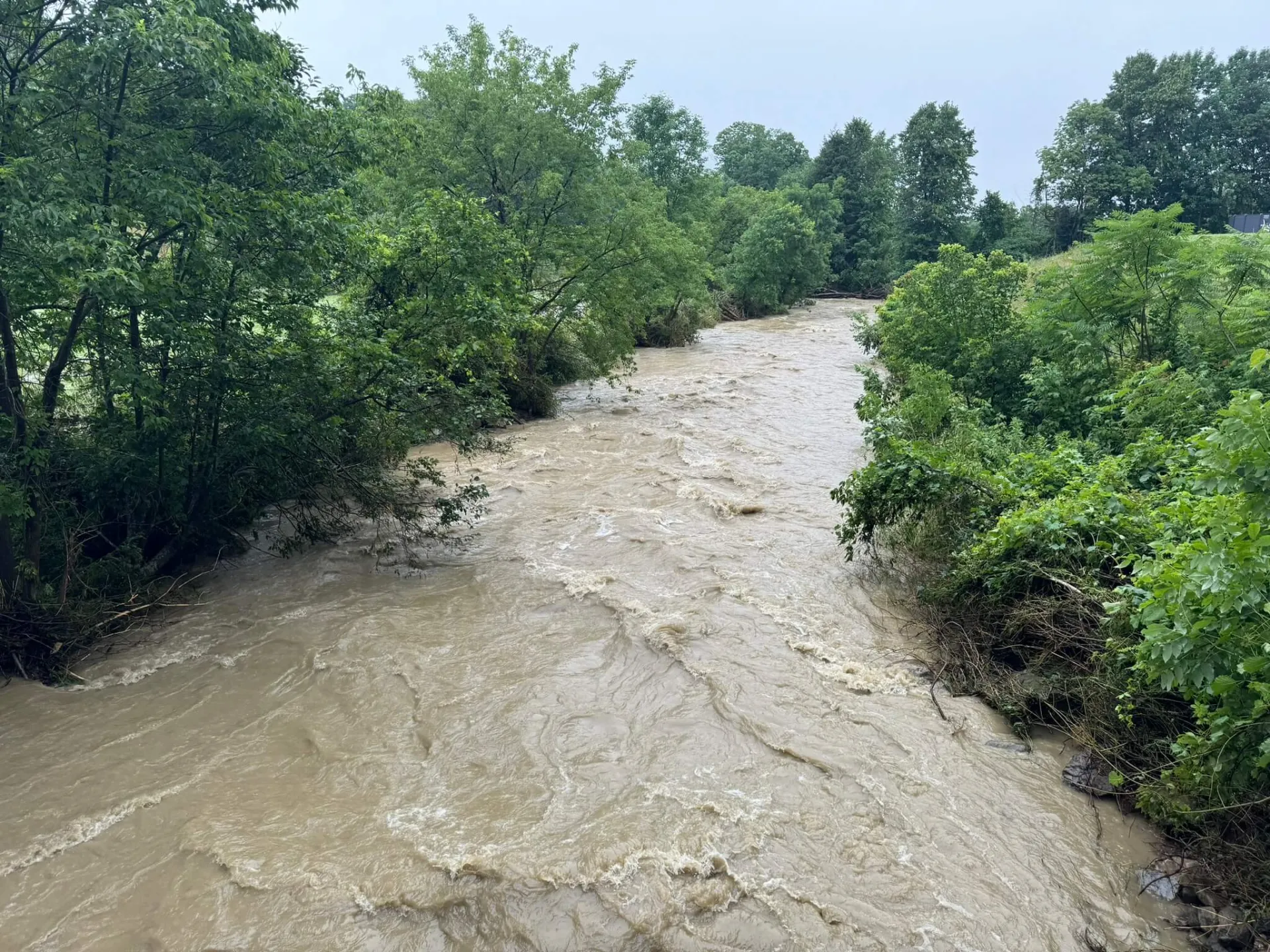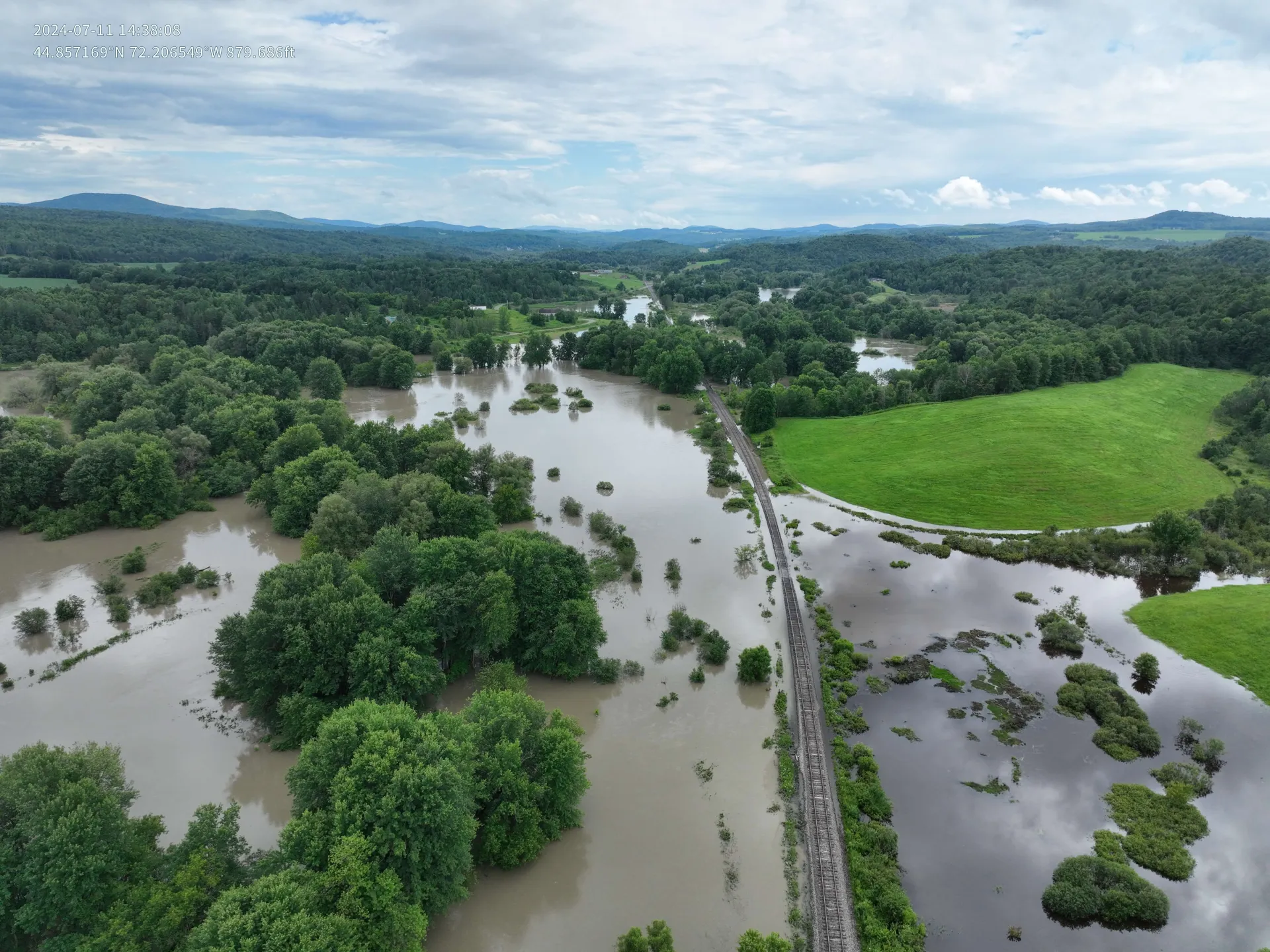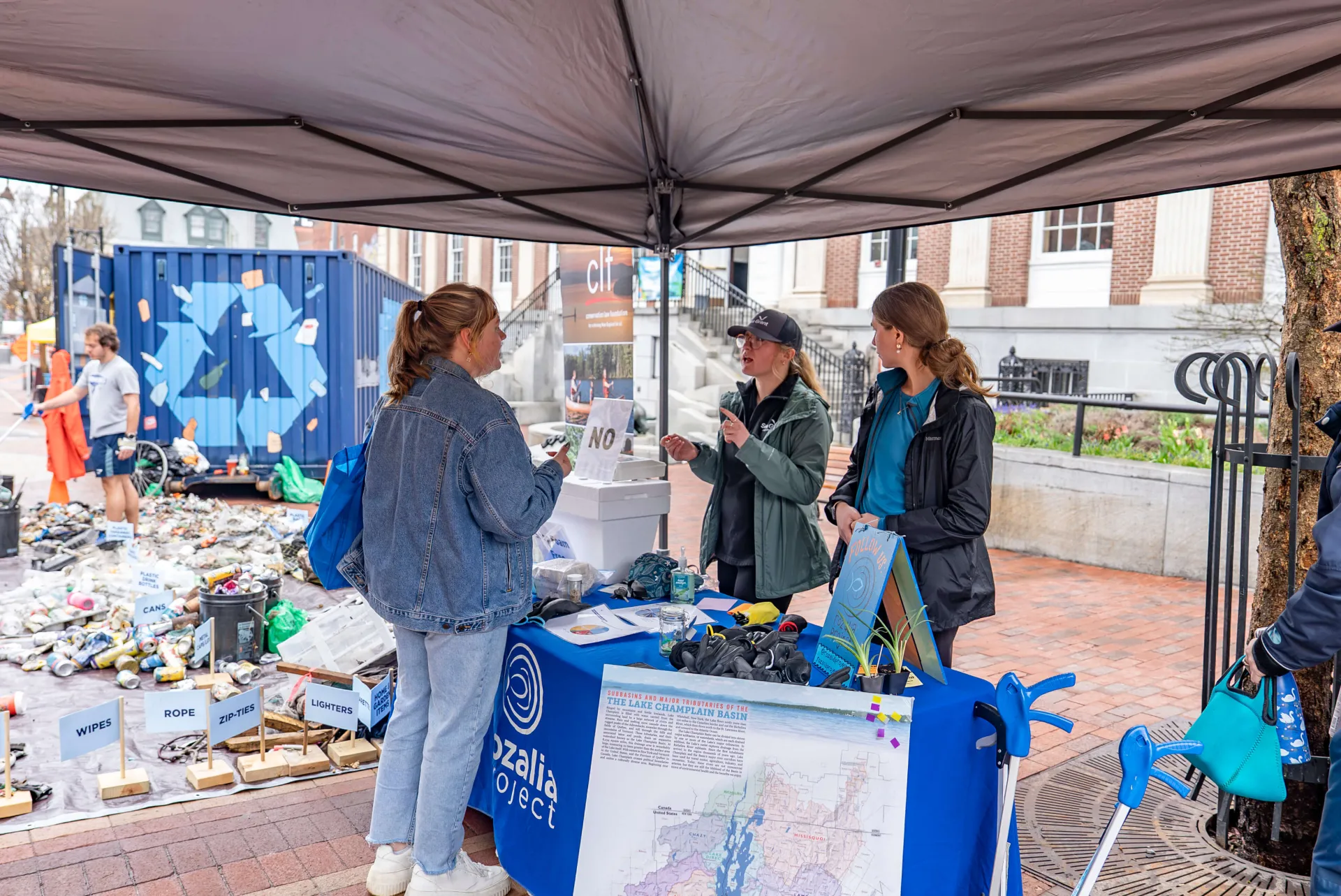As extreme flooding increases across the globe, new research from the University of Vermont (UVM) reveals a troubling dynamic: people are less likely to take steps to protect their homes from future floods when they feel officials have failed to deliver on large-scale flood mitigation projects.
“Whether it’s floodplain restoration or whether it's climate action, people really linked what they believed to be a lack of movement on those fronts with, ‘Well, why would I do anything to protect my own home and to protect myself?’” said the paper’s lead author Luke Briccetti, a Ph.D. student in the Rubenstein School of Natural Resources and a graduate fellow with the Gund Institute for Environment.
Published this week, the paper draws from in-depth interviews with 13 residents in Waterbury, Vermont, one of several communities in the Green Mountain State that have experienced multiple floods in recent years. Climate change is bringing more intense rainfall to Vermont, increasing the risk of repeated flooding.
The research team, which included UVM Associate Professor Kimberly Coleman and postdoctoral researcher Lakelyn Taylor, wanted to understand what motivates—or deters—homeowners from taking actions that can reduce the impact of floods. Their findings offer insights that could help disaster planners.
The scientists partnered closely with Community Resilience for the Waterbury Area (CReW), a local long-term recovery group, to ensure the study was relevant and useful to the community.
A cycle of apathy and inaction
Previous research has found that instead of spurring action, flooding can reduce a homeowner’s motivation to invest in protective measures — like installing flood vents or relocating utilities to higher ground. This new study digs deeper into how repeated flooding shapes those decisions.
“That sense of fatalism and apathy that was created is something I didn't expect to see, because as an outside observer who hasn't been through a really traumatic event like this, I would think I really need to take action to protect myself,” he said. “But in practice, that's not what people said they were doing, and that wasn't really within people's capacities.”
A major factor driving this inaction? Trust — or the lack of it.
Residents cited breakdowns of trust at multiple levels — federal, state and local. Participants reported frustration around flood mitigation projects promised after Tropical Storm Irene that were never completed. Many also cited confusing or unreliable information from officials or official channels during emergencies—such as river gauges that gave inaccurate readings—and difficulty accessing FEMA assistance.
Trust in neighbors
While institutional trust was low, the researchers found people leaned on their friends, neighbors and local volunteer groups. That offers a valuable insight for disaster planners: leverage those existing community networks to share information about flood mitigation.
The study also points to a key takeaway for decision-makers: transparency, follow-through, and visible progress on large-scale flood mitigation projects matter — not just for infrastructure, but for building trust in the community.
“Show people that you're doing something, that you're taking a path,” Briccetti said. “As silly as it sounds like, making progress on these larger things is really important.”



